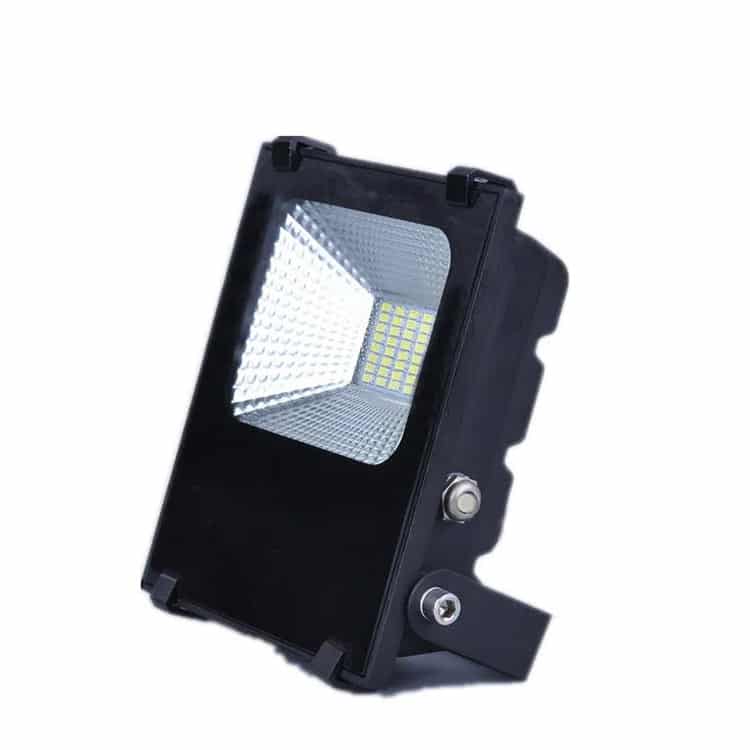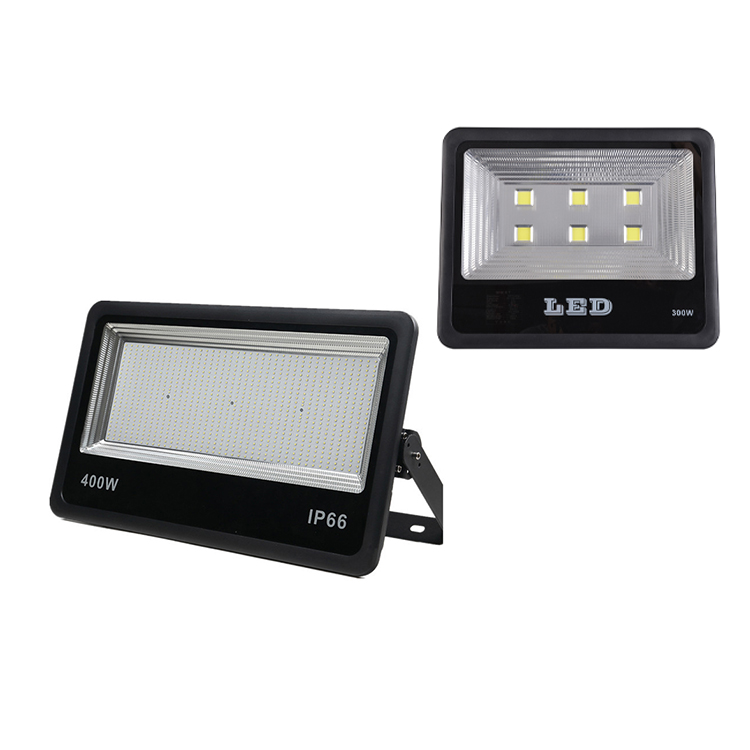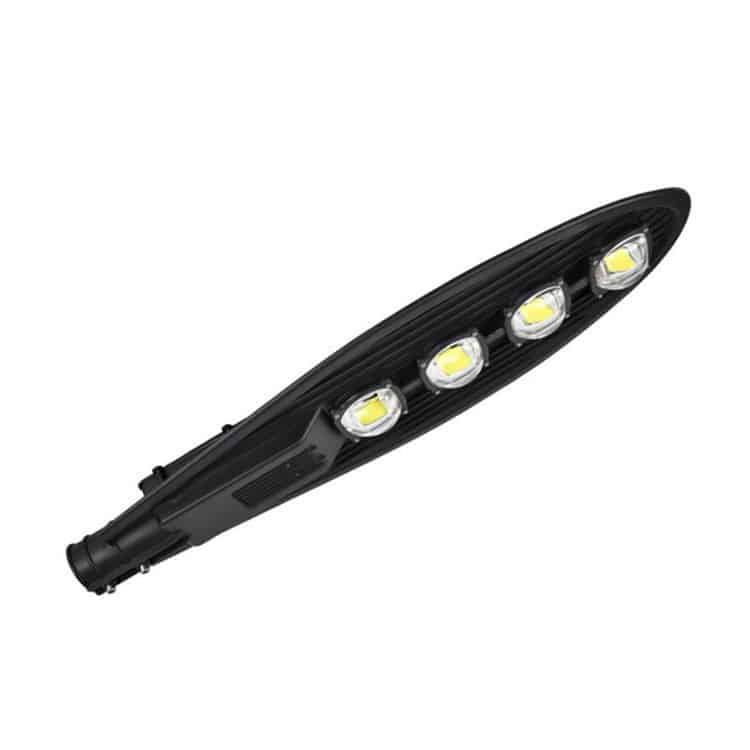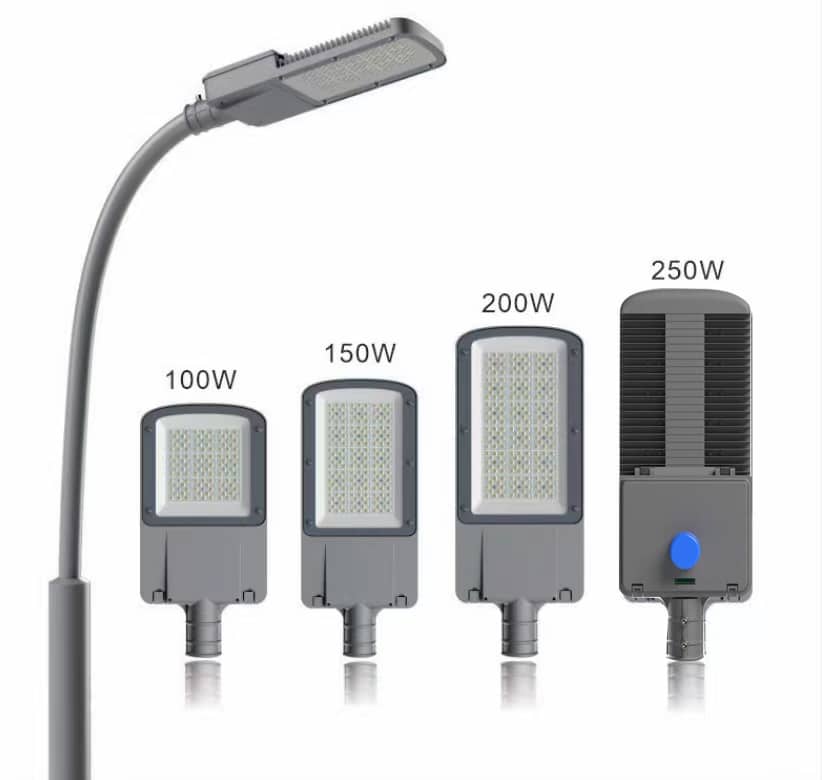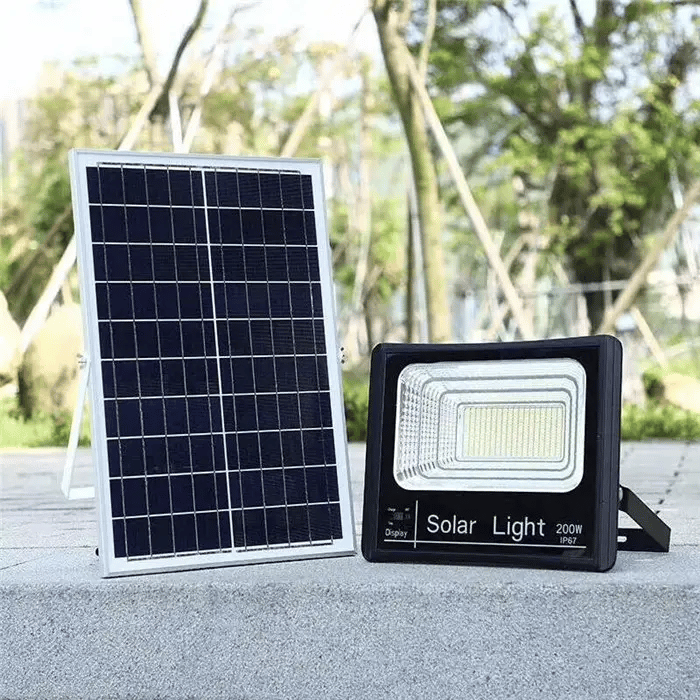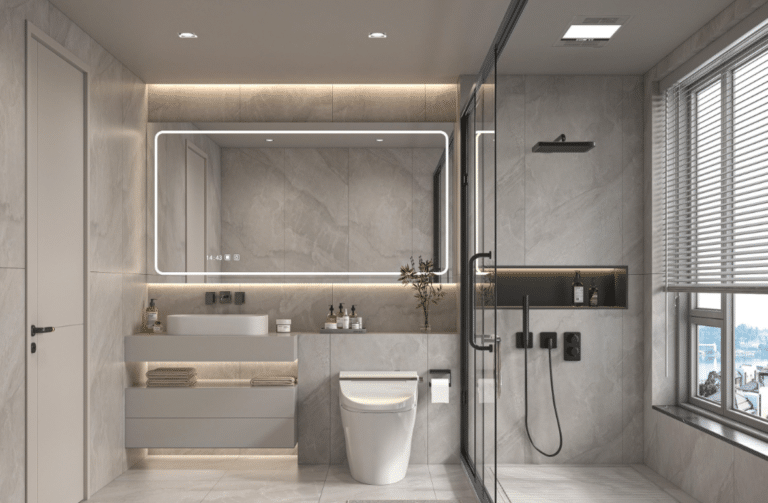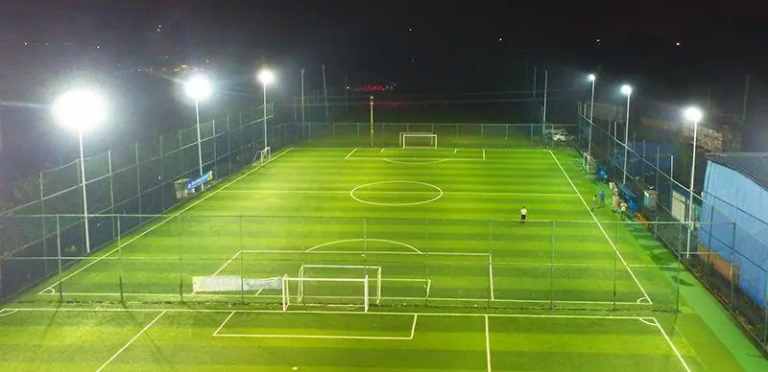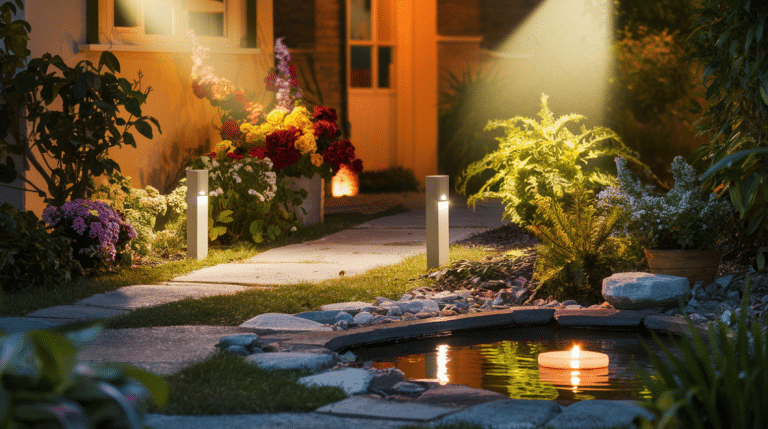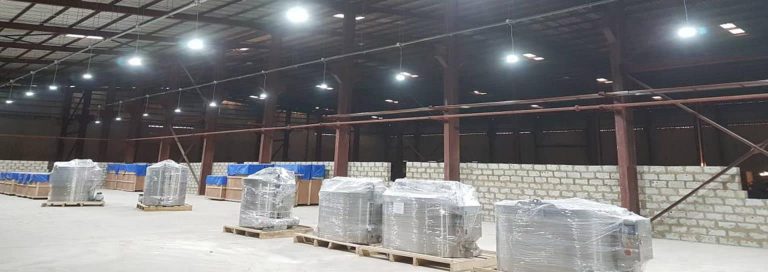Parking lots are primarily categorized into nine major scenarios, including hospitals, government offices, shopping centers, mixed-use buildings, residential areas, schools, commercial venues and attractions, airports, and roadside parking. In recent years, there has been a growing emphasis on the ecological and energy-saving aspects of parking lot.
An ecological parking lot refers to an open-air parking lot with high levels of greenery and load-bearing capacity. It is designed with features such as permeability, purification, environmental friendliness, and low carbon emissions. These exterior parking lots integrate with surrounding green spaces, taking advantage of high permeability to achieve the control of stormwater runoff and pollutant removal in line with the goals of a sponge city.
To achieve energy efficiency in parking lots, careful consideration should be given to the layout and selection of lighting fixtures. Proper lighting design can enhance the energy-saving aspects of these facilities.
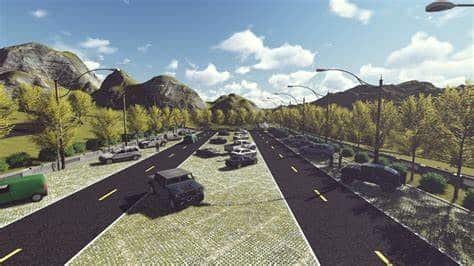
Types of Outdoor Parking Lot Lights
GRNLED produce many styles of led lights for parking lot illumination. These lights are all of high quality raw material ( driver and led chips), some even come with motion sensor and photocell.
Whether you’re looking for replacement lights or require a new high-quality parking lot lighting design, our team of LED lighting specialists is here to assist you
- Traditional street lighting is used with single or double-headed LED street lamps installed on poles. Pole height 6 to 8 meters, installation spacing is approximately 20 to 25 meters. Power of led roadway lighting is from 60W to 120W.
- High-mast lighting is adopted to reduce unnecessary wiring and the number of lighting fixtures. High-mast lighting offers superior illumination coverage, is easy to maintain, and involves light poles with heights ranging from 20m to 25m. The high-mast lighting system includes 10 to 15 sets of LED floodlights with power wattage ranging from 200W to 300W.
Lighting Standard
Referring to the current national standards “Outdoor Workplace Lighting Design Standard” GB50582-2010 and “Urban Road Lighting Design Standard” CJJ45-2015, there are requirements related to illuminance standards for various types of outdoor parking lots. GB50582-2010 specifies that “Class I (>400 spaces) parking lots should have a horizontal illuminance reference value of 30 lux with a uniformity of 0.25 or more.” CJJ45-2015 states that “For parking lots classified by traffic volume, those with higher traffic volume should maintain an average horizontal illuminance (Eh,av) of 20 lux with a uniformity of 0.25 or more.” Regarding parking lot entrances and toll booths, GB50582-2010 sets the requirement that “the illuminance at parking lot entrances and toll booths should not be less than 50 lux.”
- Low-traffic or Residential Parking Lots: 0.5 – 1 fc
- Commercial or Retail Parking Lots: 1 – 2 fc
- High-traffic or High-security Areas: 2 – 5 fc
- Pedestrian Walkways and Crosswalks: 1 – 5 fc
- Entrance and Exit Areas: 2 – 5 fc
- Driveway Entrances and Exit Points: 5 – 10 fc
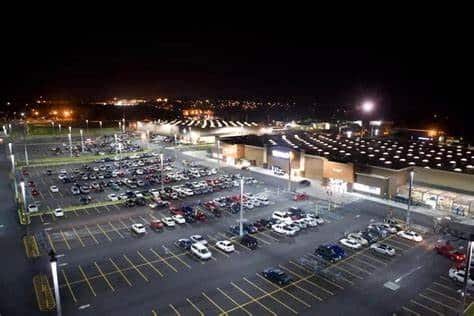
How Many Lights Do I Need?
The number of LED lights you need for an outdoor parking lot depends on various factors, including the size of the parking lot, the purpose of the lighting, the desired illuminance level, and the specific layout and design of the lot. Here are some general guidelines to help you determine the number of LED lights needed:
- Calculate the Area: Measure the total square footage of the parking lot. This will help you determine the area that needs to be illuminated.
- Determine the Illuminance Level: Decide on the desired illuminance level, typically measured in foot-candles (fc) or lux. The recommended illuminance level can vary based on the type of parking lot, but it’s generally between 1 fc to 5 fc for commercial and public parking lots.
- Select LED Fixtures: Choose LED fixtures that have the appropriate lumen output and light distribution pattern for your parking lot.
Calculate Lighting Requirements:
For each fixture, you can use the formula: Total Lumens Required = Area (in square feet) x Illuminance Level (in foot-candles).
Then, divide the Total Lumens Required by the Lumens per Fixture to determine the number of fixtures needed.
- Spacing and Layout: Consider the spacing and layout of the fixtures. Proper spacing ensures uniform illumination. In general, fixtures should be evenly distributed across the parking lot to avoid dark spots.
- Pole Height: The height of the light poles can also affect the number of lighting fixtures needed.
- Compliance with Local Codes: Ensure that the lighting design complies with local building codes and regulations.
For a more accurate and detailed lighting design,please consult with a lighting professional or engineer who can perform a photometric analysis based on your specific parking lot’s layout and requirements. They can provide a precise recommendation for the number, placement, and type of LED fixtures needed to meet your goals efficiently and effectively.
Frequently Asked Questions

Hello, customers
My name is Ricky Wang, I’m the business manager of GRNLED. I have been in LED lights industry for more than 10 year. Feel free to contact us. I’m happy to provide you the best service and products.
Email: info@grnled.com | WeChat: ledfixture

